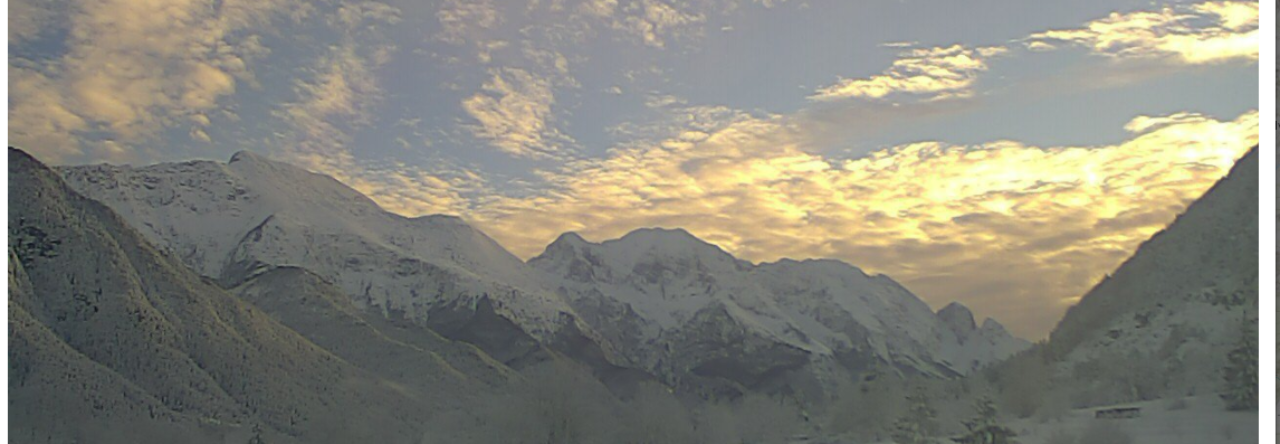The Institute of Resian Culture is a virtual museum which collects all the features and the peculiarities of the inhabitants in the Valley of Resia in the province of Udine (Italy).
Literature and popular music
Резья занимаетъ чрезвычaйно маленькую, coвершенно незамѣтную частичкy земнaго шаpа. Cлавянскіе yченые и путешественники, хотя и писали кое-что o Резьѣ и Резьянах, но такъ немного и такъ давно, что для громаднаго большинства современныхъ образованныхъ людей эта земля и этотъ народъ впoлнѣ неизвѣстны.[1]
Resia occupies an extraordinarily small, completely imperceptible part of our planet. The Slav scholars and travellers, although they wrote something about Resia and the Resians, wrote so little and did so for so long that for the majority of educated people of our time this country and this people are completely unknown [2].
Thus wrote Baudouin de Courtenay in the introduction to his essay “Резья и Резьяне” (1876) published in Slavjanskij Sbornik – Volume III, pp. 223-371[3].
Resia is an alpine valley, wedged between the Alps and the Julian Pre-Alps, which extends in a west-east direction for about 20 kilometres. To the east, the valley is closed by the mountain massif of the Julian Alps, culminating in Mount Canin (2587 meters above sea level), on the extreme north-eastern border of Italy. The inhabitants of Val Resia are distributed in five main hamlets: San Giorgio/Bila, Prato/Ravanza (the capital), Gniva/Njïwa, Oseacco/Osoanä and Stolvizza/Subizä; while Lipovaz, Crisacis, Gost and Lischiazze are minor villages. In an adjacent valley is Uccea. Currently the resident inhabitants are less than 1000, to which we can add the Resians registered in the A.I.R.E. (Register of Italians Resident Abroad) and those who live in other regions of Italy, transferred for work reasons.
Resia and the Resians remained isolated and unknown to the Slavic culture until Count Jan Potocki arrived in Resia by chance in 1798; news of this meeting remained in the manuscript which was then translated into German by Kopitar and, together with his observations, was included in “Die Slaven im Thale Resia – Vaterländische Blätter für den österreichischen Kaiserstaat. Jahgr. IX, 1816”.
The in-depth analysis of the Resia language and culture is due to the studies of Baudouin de Courtenay, who arrived in Resia for the first time in 1873.
The geographical conformation of the valley, closed on all sides, with the only vehicle access, consisting of a road built in 1838, has determined and conditioned the life and historical events of the valley, but at the same time determined its fortune, because the rich and vast cultural, musical and linguistic heritage has been handed down almost unchanged to the present day: in particular the archaic language of Slavic origin, but also music, dance and oral literature.
[1] Baudouin de Courtenay, Resia e i Resiani, in Slavijanskij Sbornik, Tomo III, Peterburg 1876
[2] Translated by Giuseppe Loschi 1894.
[3] http://publ.lib.ru/ARCHIVES/__Raritetnye_knigi/Slavyanskij_sbornik_03_1876.pdf
